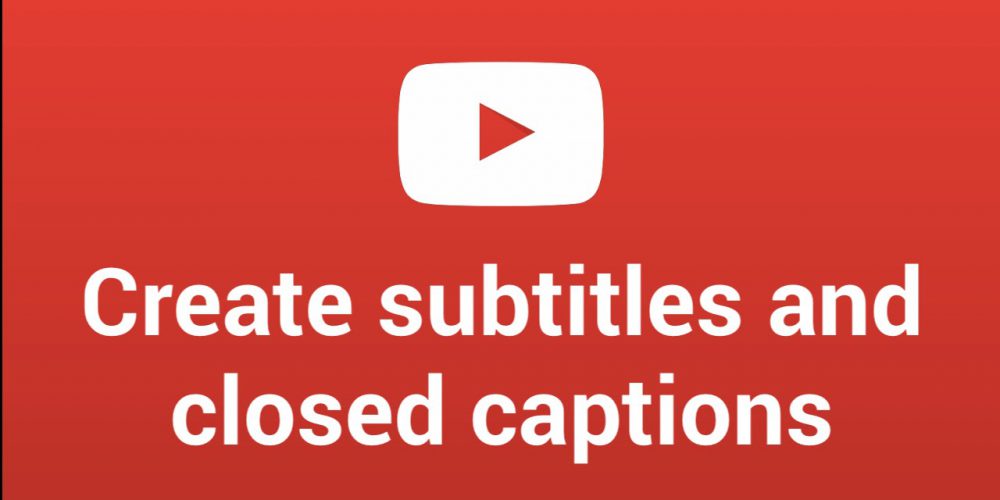Over time, people have always been confused of the difference between video subtitles and video captions. According to Wikipedia “Closed captions refers to subtitles for every sound (even falling objects and onomatopoeias), while subtitles refers to spoken words only.” The process is called closed captioning.
The theory behind this is very simple. Video Subtitles are closely the same as captions, but only translated from source languages and put into writing keeping the meaning and context on the lower end of the screen. This simply helps one understand a video that was filmed in a language that he is not quite familiar with. For example a Chinese person understanding a film in English or Spanish. Subtitling and captioning in most cases work along each other and they need to be done correctly for better results.
Importance of Video Subtitles and Captions
Video subtitling and captioning has great benefits for both the deaf and the normal people on the film to be watched, these benefits include the following;
The major benefit is easy understanding and quick comprehension of the video or the film being watched. A film or a video will be easy for anyone to follow and understand with the help of written guidelines of subtitles and captions.
It helps audiences from different regions of the world make sense of a single video or film produced in one single language but subtitled in various languages. Most production companies have adopted the subtitling culture to increase on the demand of their films.
Video subtitling and captioning are vital in the education sector in the instances where teachers and lecturers use videos and films to teach. It is easy for someone to understand and grasp information in the video with the help of written guidelines, than just watching a video with no words that may be boring to some.
Video subtitles and captions also help the deaf and the hearing impaired to watch and comprehend the video or even live TV.
How to put subtitles in your Film.
There are a number of tools to be used to insert subtitles and captions in your video. These tools are either web-based tools or downloadable software tools.
Web-based software may seem easy and fast to use compared to the downloadable software. One can simply look up for a software on the internet, follow up a few steps and guidelines provided to easily add subtitles in your film. However, with subtitling, good synchronization of the captions and the subtitles should be well considered and taken care of.
The downloadable software tools are so much better when compared to web-based tools. These software tools among others include Jubler, CapScribe, MAGpie, and many others. All software tools have their advantages and disadvantages, so feel free to use any.
The subtitles and captions’ font size, color and alignment should also be well considered when inserting n a video to get a clear output as big subtitles may cover some images in the film.
Who should put subtitles in the film?
Video subtitling and captioning are very difficult and tricky practices and therefore, cannot be done by any one however simple it may look on the web-based tools as it involves more than just addition of words to the video.
Video subtitles and captions should be put by a trained and professional personnel. Therefore, entrusting your film with an expert would be considered a smart decision that just taking on the project by yourself.
It is also better to use a professional translation agency with trained and professional translators and subtitling experts. This is good because the project is handled by a team of professionals that are experienced in the field. KL Translations would be an ideal partner for this case. We have subtitling experts who manage the technical part of our subtitling process while the language aspect is managed by professional linguists.

